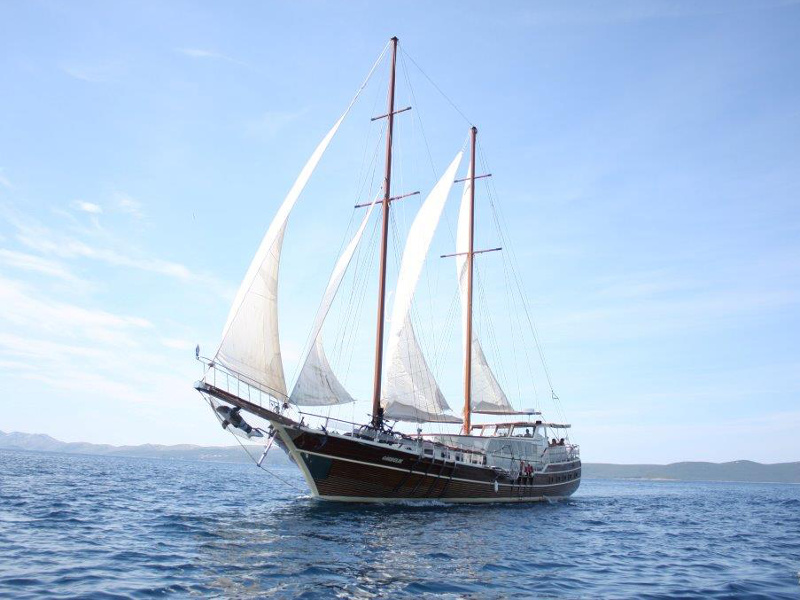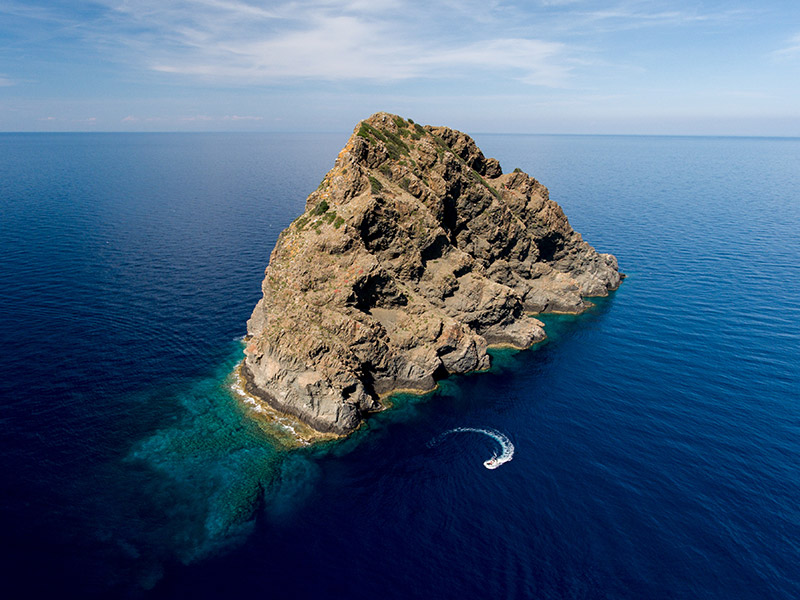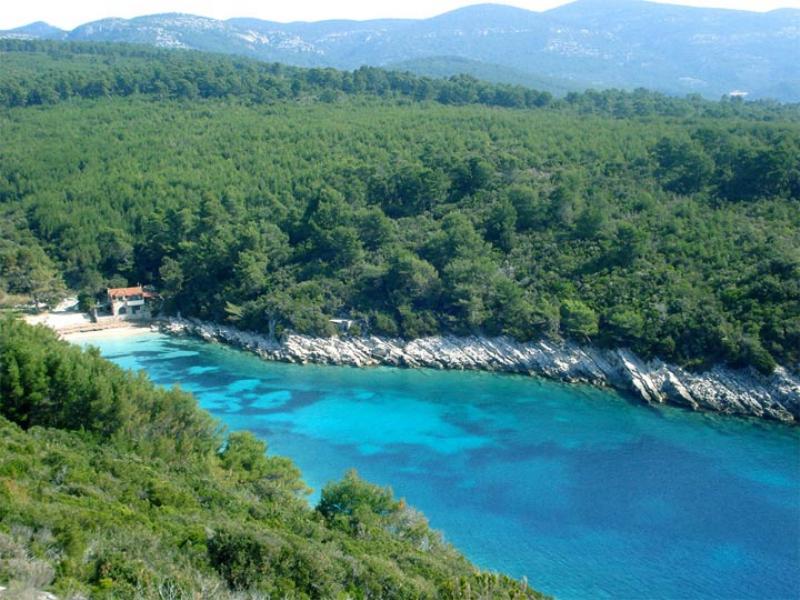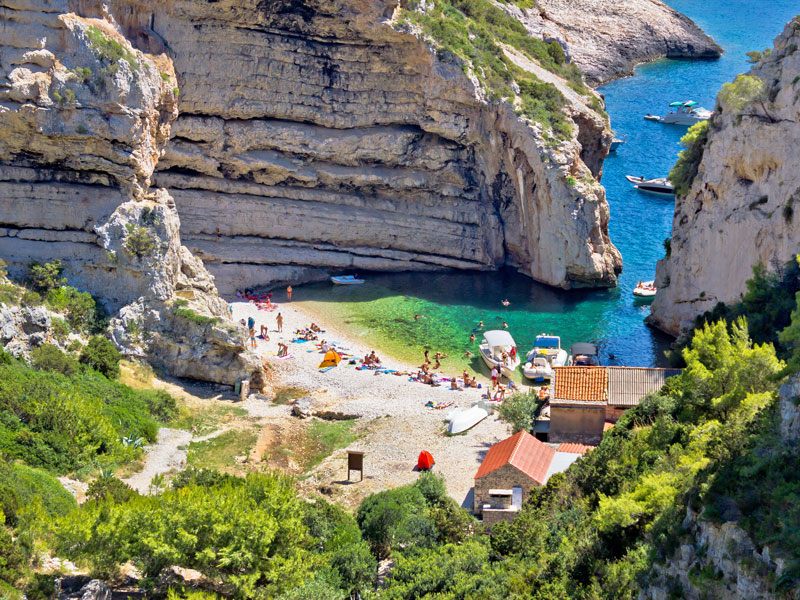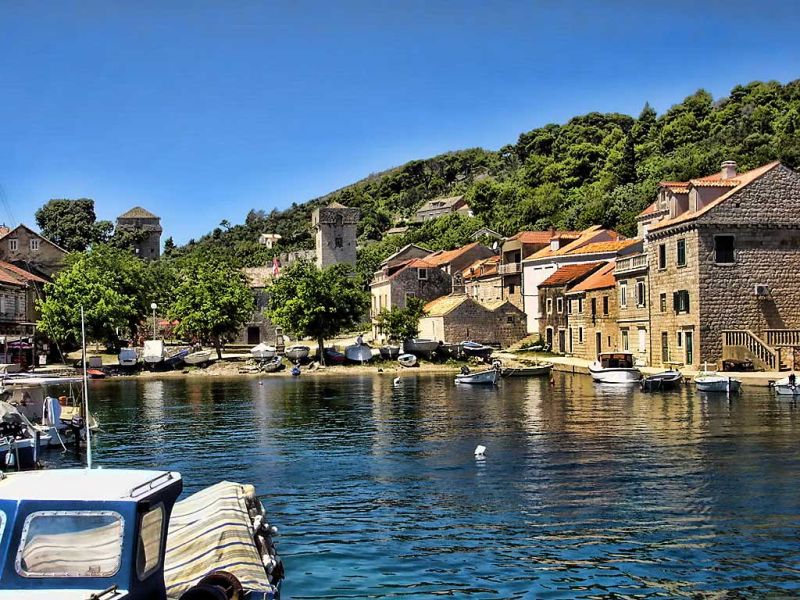7 дней круиз
If you are you perhaps a group of friends, teambuilding, you want to be alone without stress, to explore Adriatic coast, it is for you.
Friends, gay friendly, teambuilding, LGBT, it is for you. Relax, local food, fun, you can take your bike and let’s go.
Did you visit Croatia, our islands? However, if you are looking for the ultimate in relaxing vacations, a cruise is the way to go. Cozy and Quiet Places to Escape, find a quiet spot on deck for some peaceful lounging in the sun.
It’s easy to make yourself unplug on a cruise, just shut your phone off when you board, and forget about what’s going on at work and at home.
Unplugging might just be the most freeing and relaxing thing you can do on your cruise. A brisk morning walk around the deck of the ship can help you release stress and clear your mind.
Please, there is no TV, without newspaper, just relax, rest for body and soul.
Cruising from Split to Dubrovnik, or cruising around islands.
Brač, Hvar, Pakleni islands, Šolta, Mljet, Elaphiti islands….It is Dalmatia.
We can make a route together.
This type of a holiday is quite an adventure. I would definitely recommend it to everyone wanting to experience real sailing. The chef prepares meals for you. This gives you a chance to taste local food and enjoy sun and sea while you are on the ship. Nice, isn’t it?
That vessel changed its look and become luxury sailboat of the first class. Beautiful Gardelin, like a bird.
For all people who love sea, enjoy the sun, love chilling on the deck and having a crew who will prepare everything for you, a gulet is the perfect choice.
Gardelin is 28m long and 6,9m wide. It has got 6 cabins and each of them has got WC and shower. The whole ship is air conditioned (saloon, rooms). The crew is consisted of captain, chef and sailor (mechanic). The ship owner has a very long experience doing this kind of work on various yachts in Monte Carlo.
Except the inner saloon, there is also the outer saloon placed on the stern.
TV, DVD, CD are also available and are also able to offer (banana-boat skiing, surfing, 2 canoes and tender Maestral 4,60 m long). Route of our cruising are from Zadar to Dubrovnik.
Accommodation:
– 6 cabins ( 4 double, 2 triple)
– Accommodation for 12 people maximum, 16 if the group has a children until 7 years old)
– Air-conditioning
– Comfortable salon
CREW:
– 3 crew members: captain, chef , engineer, deckhand + hostess (on request)
Included in the price:
7 nights of accommodation
permits, insurance
all equipment on board
tender with outboard engine
linens and towels, bed sheets
snacks: 5 o’clock tea and snacks, welcome drink on embarkation day
Food options (obligatory):
Breakfast, lunch 350€ per person/week
Advanced half board (breakfast, lunch, 3 x dinner): 450€/person/week
Beverage options:
100€ per person on week, domestic non alcoholic drinks, water, carbonated drinks, juices)
All inclusive domestic drink package: 200€/person/week (domestic non alcoholic and alcoholic drinks water, carbonated drinks, juices, bottled wine, beer, local spirits, coffee, tea, clients can bring their drinks free of charge if they choose this package;
Corkage fee 700€/group/week (if clients just wish to bring their own drinks on board)
Excluded:
transfer to the yacht, hotel or airport
gratuities tips for the crew
drinks on board
port tax 800€ per week
All conditions 5 hours a day is for free, extra 25€ per hour.
Discover Dalmatian coast, and gulet. We are waiting for you on the Adriatic coast. It’s easy to make yourself unplug on a cruise, just shut your phone off when you board, and forget about what’s going on at work and at home. Let’s go Croatia, let dreams come true.
Available departures
Трогир

Trogir is situated in the middle of Dalmatia, on the Adriatic coast. Due to its position and natural protection, it is one of the most popular sea-ports and destinations for nautical tourists. Every summer you can see the best yachts there, famous people and lot of tourists. It is a destination to spend a nice vacation, to enjoy gastro offer, to see historical beauty…
In the past, the town was one of the cultural centers of Dalmatia. Master Radovan and Ivan Lucius made famous sculptors, paintings and architectures. The Radovan Portal was finished in 1240. and it is a unique monumental work of this great Croatian artist. The old town has been formed between the 13th and 15th century inside defense walls that were restored by Venice in the 15th century. You can see two forts that are still preserved: Castle Kamerlengo and the Tower of Saint Marc. Castle Kamerlengo is situated in the south-west side of the island from the 15th century. South of the castle is the tower of Saint Marc also from the 15th century.
The entrance into the town from the north is through the renaissance town gates from the 17th century with the sculpture of Blessed John Orsini, the patron of the town. On the main square is the cathedral from the 13th – 15th century with characteristics of both Romanesque and Gothic styles. The entrance of the cathedral holds the most valuable work of the Romanesque sculpture in Dalmatia and it is the portal of master Radovan from 1240. The most beautiful objects from the treasury are ivory Gothic triptych, embroideries and medieval illuminated codices.
St. Lovre’s cathedral is from the 13th to 17th century so we can find different styles there: Romanic, Gothic, Renaissance and Baroque.
There is a baptistery from the 15th century. There is a famous Radovan’s Portal from the 13th century, Saint John’s Chapel is from 15th century and represents a masterpiece of European Renaissance.
The cathedral’s sacristy and treasury date from the 15th century.
Trogir is on the UNESCO list of the World Cultural Heritage as the best preserved Romanesque-Gothic town in Central Europe.
The gastronomy of Trogir is a typical Mediterranean with lots of fish and seafood, olive oil, cheese, pršut (smoked Dalmatian ham).
Two typical dishes are ‘pašticada’ and ‘rafijol’. You must try the autochthonous Dalmatian wines, like ‘Pošip’, ‘Babić’ and many others.
If you like a small town, history, Trogir is the right choice for you.
Enjoy Trogir and Croatia.
Read moreСплит

- Город Сплит – столица Средней Далмации и второй по величине город Хорватии после Загреба с населением 250 тыс.человек.
Интерес представляет старый центр города, главной достопримечательностью которого является Дворец Диоктетиана 304 года постройки.
- Это строение вмещало в себя почти весь город и строилось по образцу римского военного лагеря. После смерти Диоклетиана в трудные для хорватов времена весь город укрывался за стенами этого Дворца от набегов аваров. Сегодня Дворец больше напоминает подземный лабиринт. Некогда этот дворец был такого же белого цвета, что и Белый Дом в Вашингтоне, потому что строился из того же белого камня, добытого в каменоломнях на хорватском острове Брач. Ныне камень потерял свою белизну, местами на нем разрастается мох, и ничто не напоминает о былом величии. Находясь во дворце нужно включить воображение, чтобы представить, как здесь все было 17 веков назад.
Однако, если приехать сюда в мае, то можно застать ежегодно проводимую в Сплите выставку цветов, которая преображает дворец до неузнаваемости, превращая его в сказку (посмотрите фоторепортаж “Сплитская цветочная сказка”).
- За одними из ворот расположен огромный 4-метровый памятник епископу Гргуру Нински – священнику, добившемуся права произносить проповеди на хорватском языке, а не на латинице, как это делалось прежде. Большой палец его левой ноги блестит, как золотой – многочисленные туристы загадывают желания и верят, что если его потереть, то задуманное исполнится. Во время 2-й мировой войны памятник был распилен на 3 части и закопан в саду возле стен дворца, после войны – восстановлен.
В парке “Марьян” расположен небольшой местный зоопарк, но, к сожалению, его состояние вызывает ощущение грусти и печали – средств на содержание в нем животных явно не хватает, что при посещении зоопарка бросается в глаза.
Достопримечательностью Сплита является набережная, называемая хорватами “Рива” (Riva) с ее многочисленными кафе, ресторанами и красивым видом на порт. Набережная является местом проведения праздников и народных гуляний, а также периодически проводимых выставок-продаж яхт и катеров.
Read moreЗадар
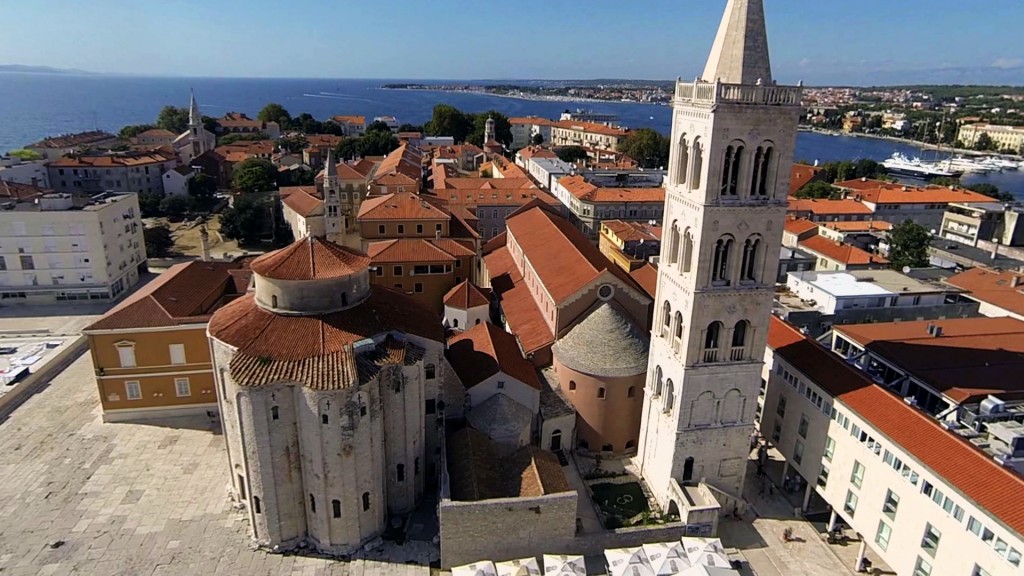
- Задар – город, расположенный на побережье Адриатического моря.Это исторический центр Далмации. Крепостные стены его были возведены во времена Юлия Цезаря. Задар неоднократно был под властью римлян, византийцев, венецианцев, французов.
Покровителями города являлись Анастасия, Кршеван, Шимун и Зоило. Главная улица – Калеларга. В центре города находятся Римский форум и церковь округлой формы Светый Донат 9 столетия. Впереди церкви простирается бывшая главная римская площадь – Форум. Главная улица Калеларга протянулась с востока на запад, она также носит название Широкая улица. Задар–город с богатой историей, множеством памятников и церквей. В самом центре города вы можете увидеть собор Святой Анастасии, церкви Божией Матери Врачевания, Свтой Марии, Святого Кршевана, Святого Доминика, Святого Шиме.
…
Альфред Хичкок назвал задарский закат солнца «самым красивым в мире». На набережной Задара есть уникальный морской орган и, сидя на каменных ступенях набережной, вы можете наслаждаться его звуками. Здесь же, на плитах морской набережной вы увидите сооружение «Привет Солнцу!», в котором соединены игра света и ритм волн, производящих звуки, слышимые через трубки органа.
Одной из достопримечательностей города являются лодочники „barkarioli”, которые уже в течение 800 лет каждый день связывают две части старого городского порта. Чтобы ощутить дыхание прошлого, достаточно пройти по дорожкам парка королевы Елены. Задар–город, который предлагает своим гостям гостиницы, памятники культуры, свою кухню. Познакомимшись с историей Задара, посетители его как бы вернуться в прошлые времена. Прогулка по вымощенным камнем улицам станет прогулкой через историю и в то же время покажет современную жизнь.
Задар это город, в который, мы уверены, вы всегда захотите вернуться, а с собой захотите приобрести его оригинальный ликер Мараскино.
Недалеко от Задара находятся национальные парки Корнати, Пакленица, парк реки Крка, Плитвтцкие озера.
Кто однажды посетит Задар и Хорватию, захочет вернуться вновь.
Read moreДубровник
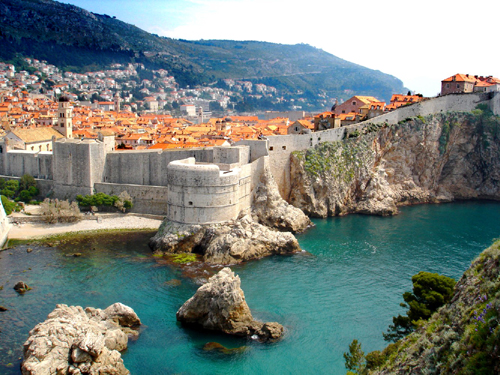
Dubrovnik is located on the thin coast strip between the high hills and the calmness of the Adriatic sea.
The ‘Pearl of the Adriatic’, on the Dalmatian coast, was an important Mediterranean sea power from the 13th century. Dubrovnik was founded in the first half of the 7th century by a group of refugees from Epidaurum, who established their settlement at the island and named it Laus. The Latin name Ragusa (Rausa), in use until the 15th century, originated from the rock (Lat. lausa = rock). Opposite that location, at the foot of Srđ Mountain, the Slavs developed their own settlement under the name of Dubrovnik, derived from the Croatian word dubrava, which means oak woods.
In 1979, the city of Dubrovnik joined the UNESCO list of World Heritage Sites.
Counting only about 35 000 people Dubrovnik is the cultural and social center of the region.
Vegetation in the region is typical, mostly Mediterranean, and it is a result of hundreds of years of human influence. As suited for a merchant harbour city, Dubrovnik mariners traveled far and wide bringing home many tropical and sub-tropical cultures, creating an interesting mixture of plant life.
The name of the most famous street of Dubrovnik is Placa (Stradun) street .
- Dubrovnik is a remarkably well-preserved example of a late-medieval walled city, with a regular street layout. Among the outstanding medieval, Renaissance and Baroque monuments within the magnificent fortifications and the monumental gates to the city are the Town Hall (now the Rector’s Palace), dating from the 11th century; the Franciscan Monastery with its imposing church; the extensive Dominican Monastery; the cathedral (rebuilt after the 1667 earthquake); the customs house (Sponza), the eclectic appearance of which reveals the fact that it is the work of several hands over many years; and a number of other Baroque churches, such as that of St Blaise (patron saint of the city).
The original World Heritage site consisted solely of the defences and the intra-mural city.
It includes the Pile medieval industrial suburb,the Lovrijenac Fortress, located on a cliff,the Lazarets,the Revelin Fortress.
The island of Lokrum lies to the south-east of Dubrovnik, some 500 m from the coast. In 1023 it became a Benedictine abbey.
Dubrovnik is Croatia’s most famous coastal city.
Read moreFacilities
- TB
- Wi-Fi
- Завтрак

